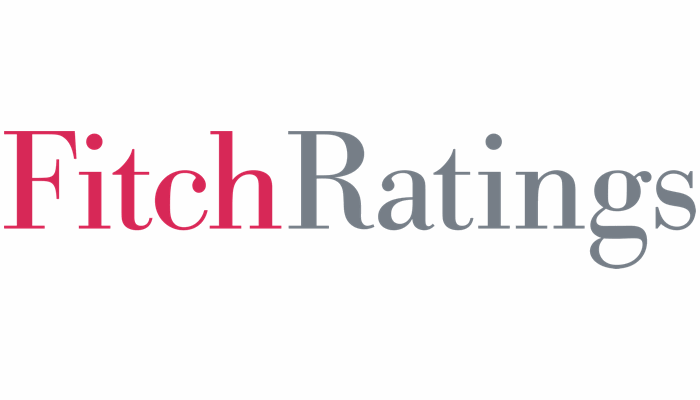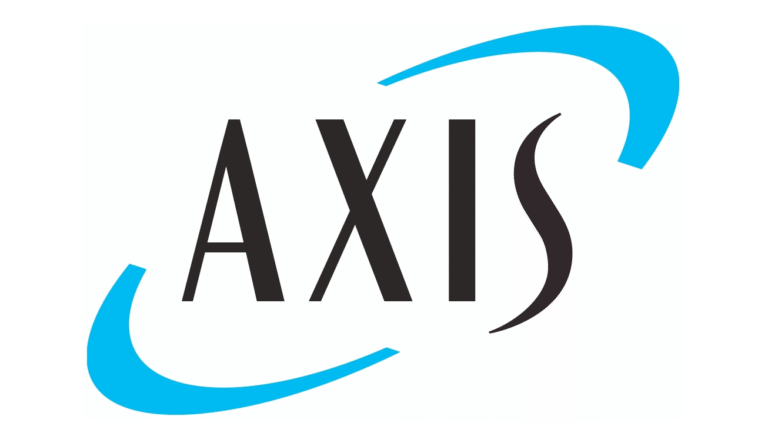
Fitch Ratings, a provider of credit ratings, research, and risk analysis, has stated that the European Commission’s proposed reductions in Solvency II capital requirements would be mildly negative for the credit profiles of European insurers.

Although the delegated regulation remains under negotiation among EU standard-setters, Fitch believes it is likely to increase insurers’ exposure to both equity and credit market fluctuations.
Fitch explains that the European Commission’s objective is to release capital into the wider economy, stimulate green and digital transformation, strengthen the small and medium-sized enterprise (SME) sector, and enhance insurers’ international competitiveness, all while preserving policyholder protection.
Based on Fitch’s analysis, the proposed amendments would provide an average net solvency benefit of 5%–7%, with life insurers expected to experience a larger positive effect than non-life insurers.
Fitch anticipates that life insurers could gradually redeploy this freed-up capital into higher-risk assets to maintain competitive returns, while non-life insurers are less likely to materially adjust their investment strategies.
Fitch Ratings highlights that changes to long-term guarantee measures would particularly benefit life insurers with extensive savings portfolios. The primary drivers would be adjustments to the risk margin calculation, including a reduced cost of capital and the new “decay factor” lambda, which progressively lowers future capital requirements.
Fitch views proposed changes to the volatility adjustment and the risk-free curve extrapolation as broadly neutral in overall credit impact.
However, Fitch cautions that the revised calibration, while intended to stabilise solvency ratios during short-term financial stress, could understate spread risk in benign conditions, potentially motivating insurers to increase exposure to higher-yielding or less liquid assets.
Fitch Ratings expects stronger insurers to counterbalance this incentive through disciplined asset-liability management, prudent dividend policies, and maintaining adequate capital buffers. Insurers with weaker capitalisation or limited risk management capabilities could, however, experience more pronounced credit deterioration during adverse market conditions.
According to Fitch Ratings, updates to market and counterparty risk frameworks, including more detailed spread and concentration risk calibrations with greater transparency, are expected to raise sensitivity to credit migration, rating downgrades, and illiquidity premiums.
Fitch adds that insurers increasing allocations to private credit, real assets, or structured instruments may face greater challenges matching asset and liability cashflows in volatile markets, along with valuation uncertainty, even as headline capital requirements decline.
Fitch Ratings notes that implementation will be gradual, with outcomes varying by jurisdiction, business mix, and the application of national discretion once technical standards are finalised. The European Parliament and Council have three months, extendable by another three, to review the regulation, which is scheduled to take effect on 30 January 2027.





